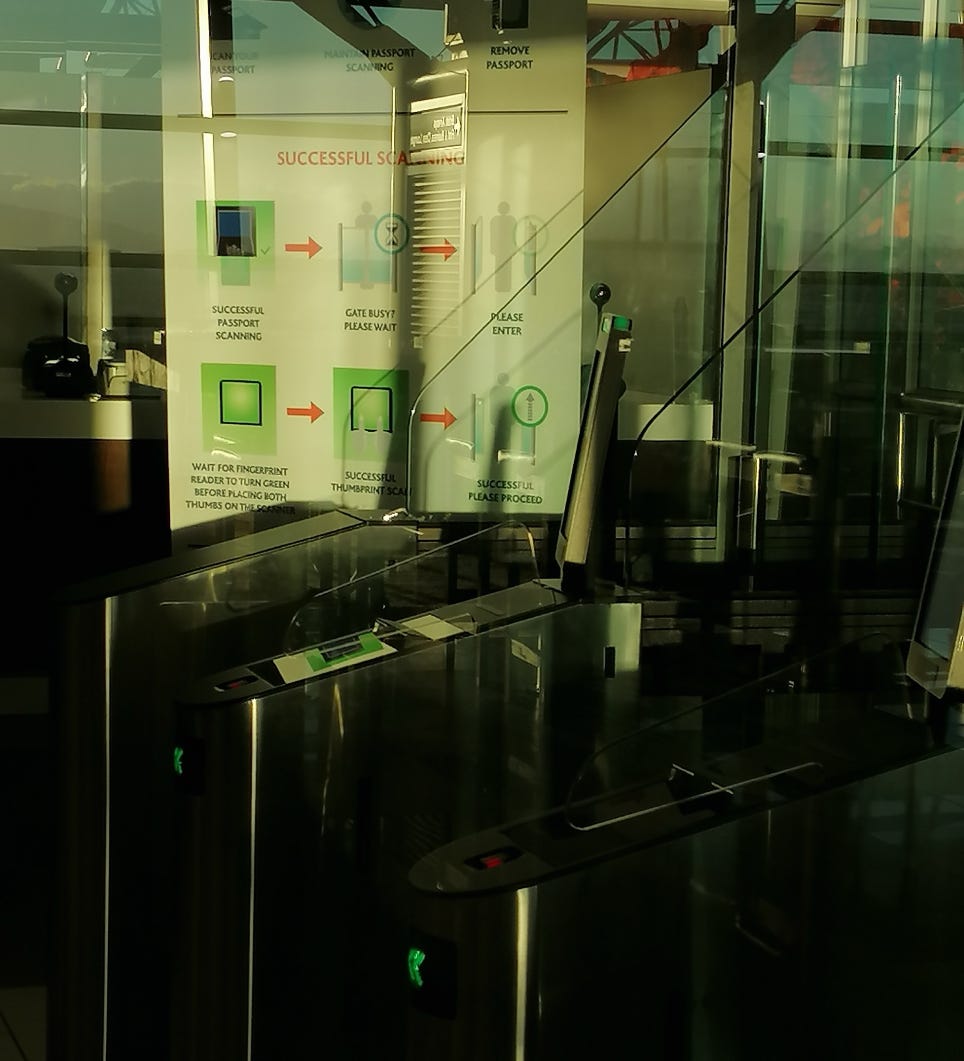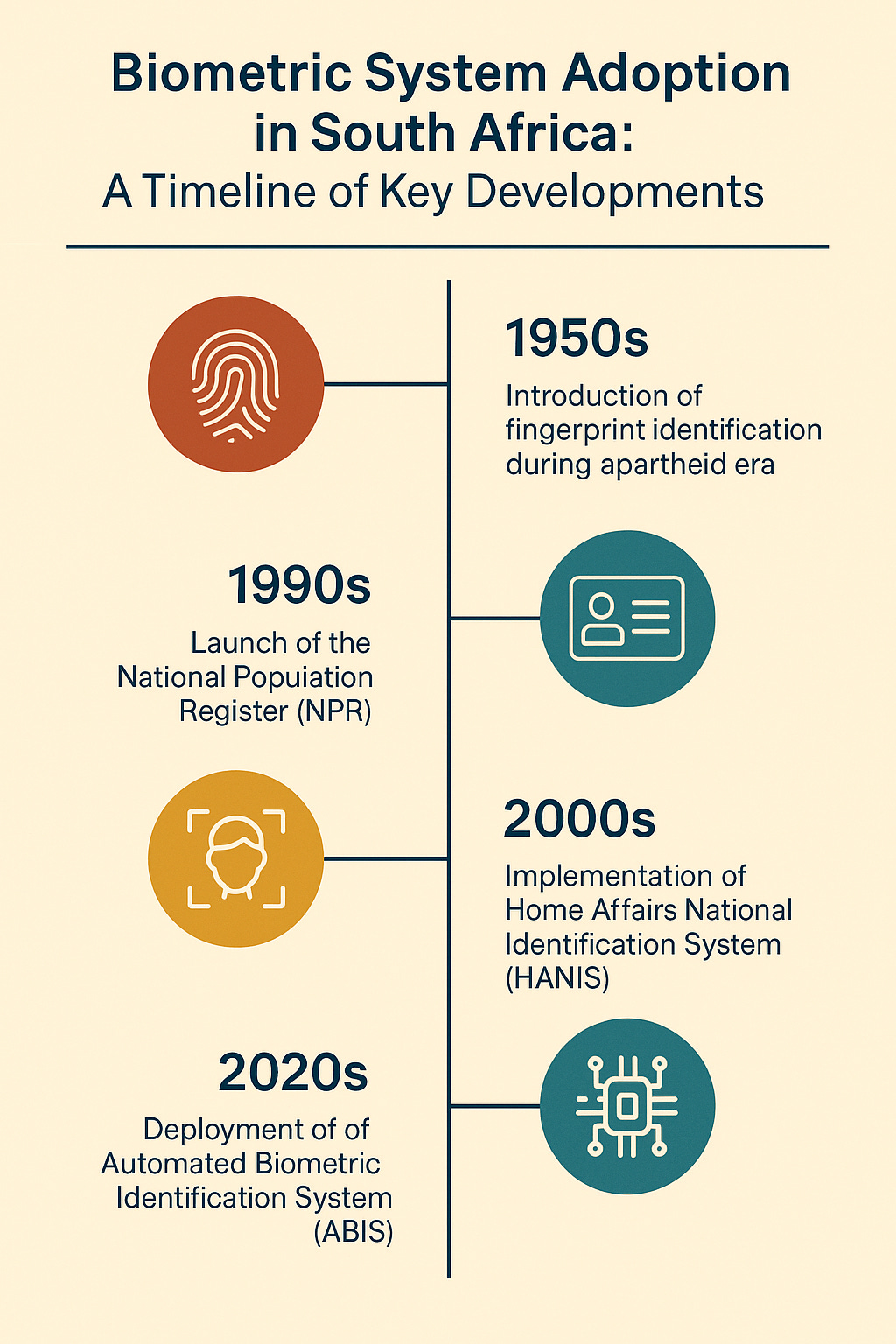In recent years, biometric technologies have become a cornerstone of governance, particularly in countries like South Africa, where the historical legacy of identity management systems intersects with modern technological advancements. These technologies, from their colonial origins to their contemporary use, shape not only the governance of populations but also the political, social, and economic dynamics surrounding citizenship and state control.
The South African case provides a compelling lens through which to understand the interplay between technology and governance. From the early use of fingerprinting during the colonial era to the more recent adoption of biometric systems for population control, South Africa has long been at the forefront of biometric experimentation. As I explored in my research, these systems have evolved significantly, yet they continue to reflect a deep-seated legacy of exclusion and control, particularly with regard to marginalized communities. The apartheid-era biometric systems, such as the Dompas, were designed to restrict movement and control access to rights based on race. In contrast, the post-apartheid period ushered in attempts to unify South Africa’s population registry and improve access to services. However, despite efforts to modernize identity management systems, technical and systemic challenges continue to emerge. Issues related to interoperability and system reliability have surfaced, highlighting the difficulties of upgrading legacy infrastructure. Additionally, the involvement of international vendors in the implementation and management of biometric systems has raised concerns about the level of control the state has over its own data infrastructure.
As the use of biometric technologies in governance continues to grow, the South African case serves as a reminder of the need for careful consideration in both design and implementation. It is crucial that the adoption of these technologies be done in a way that ensures fairness, accuracy, and security while taking into account the historical and political context in which these systems operate.
This project has received funding from the European Union’s Horizon 2020 research and innovation programme under the Marie Skłodowska-Curie grant agreement No 873119






